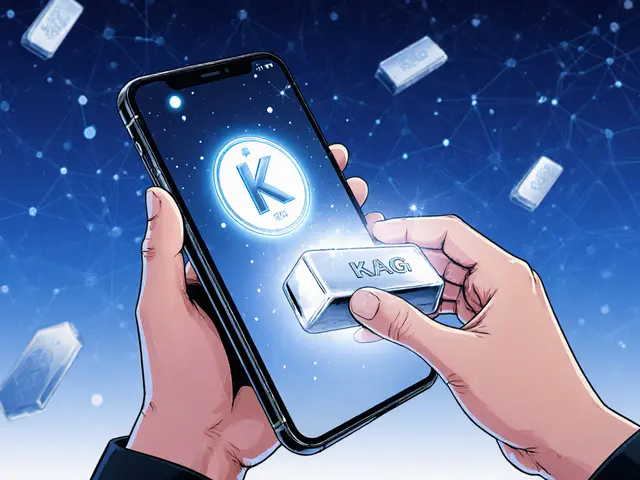Flash Loans Explained: How DeFi Borrowers Leverage Instant Credit
When working with flash loans, instant, unsecured loans that must be repaid within a single blockchain transaction. Also known as atomic loans, they let users borrow large sums without collateral, provided the loan is settled before the transaction ends. This seemingly magical ability is actually grounded in a few core principles: the loan is executed by a smart contract, which enforces repayment automatically; the transaction either succeeds entirely or is reverted, meaning lenders never lose money. Because the whole process happens in one block, there is no need for credit checks, escrow, or traditional banking intermediaries.
In the world of DeFi, decentralized finance platforms that run on public blockchains, flash loans have become a staple tool for developers, traders, and researchers. DeFi protocols such as Aave, dYdX, and Uniswap expose flash‑loan functions directly through their smart‑contract APIs, allowing anyone with a little code knowledge to tap massive liquidity. The flash loans feature unlocks new strategies that were impossible before: instant arbitrage across price feeds, collateral swaps, self‑liquidations, and even complex governance attacks. Each of these use cases relies on the same atomic guarantee that the loan either completes with profit or fails without a trace.
Key Components and Common Use Cases
Two technical ingredients drive flash‑loan success. First, the smart contract, code that runs autonomously on the blockchain must be able to call the lending pool, execute the chosen strategy, and repay the pool—all before the block finalises. Second, the strategy itself usually involves arbitrage, buying an asset at a lower price on one market and selling it higher on another within the same transaction. Because price discrepancies between DEXes can appear and disappear in seconds, flash loans let traders capture those fleeting windows without risking their own capital.
Beyond pure arbitrage, developers use flash loans to shift collateral between lending platforms, thereby optimizing interest rates or avoiding liquidation. Another popular pattern is “self‑liquidation,” where a user who is about to be liquidated borrows enough to pay back their debt, withdraws their collateral, and repays the loan instantly, saving themselves from losing assets. These tactics illustrate how flash loans sit at the intersection of liquidity provision, risk management, and market efficiency.
Liquidity pools themselves are the source of the massive funds that flash loans draw from. Pools aggregate tokens from thousands of users, offering deep order books and low slippage. When a flash‑loan request hits a pool, the protocol temporarily locks the required capital, runs the borrower’s contract, and checks repayment. If the borrower’s contract fails to return the amount plus a small fee, the entire transaction reverts, keeping the pool’s balance untouched. This design underpins the trustless nature of flash loans and explains why they are considered “risk‑free” for lenders.
Security considerations are also part of the conversation. Because flash loans execute instantly, they can be weaponised in attacks that exploit temporary price impacts or governance loopholes. The infamous “price‑oracle manipulation” attacks showed how an attacker could borrow a huge sum, sway a price feed, and profit before the loan closes. As a result, many DeFi projects now incorporate safeguards like time‑weighted average prices (TWAP) or limit the size of flash‑loan requests.
For anyone looking to get hands‑on, the typical workflow starts with a small script written in Solidity or JavaScript (using ethers.js or web3.js). The script calls the lending pool’s flash‑loan function, passes the amount and token addresses, and defines a callback that contains the strategy logic. After testing on a testnet, the same code can be deployed to mainnet where real liquidity awaits. The learning curve is steep at first, but the payoff is immediate: you can experiment with profit‑making ideas without risking personal funds.
Below you’ll find a curated collection of articles that dive deeper into each of these aspects. Whether you want a step‑by‑step tutorial, an analysis of recent flash‑loan exploits, or a comparison of the top lending platforms, the posts ahead break down the concepts, showcase real‑world examples, and give you practical tools to start experimenting right away.
Explore how DeFi composability lets blockchain protocols connect like Lego blocks, boosting efficiency, innovation, and speed while highlighting security challenges and best practices.
Read More





